Rio 2016: A tech guide to the Olympics
We look at the tech powering the games and helping those in Rio and further afield watch all the action
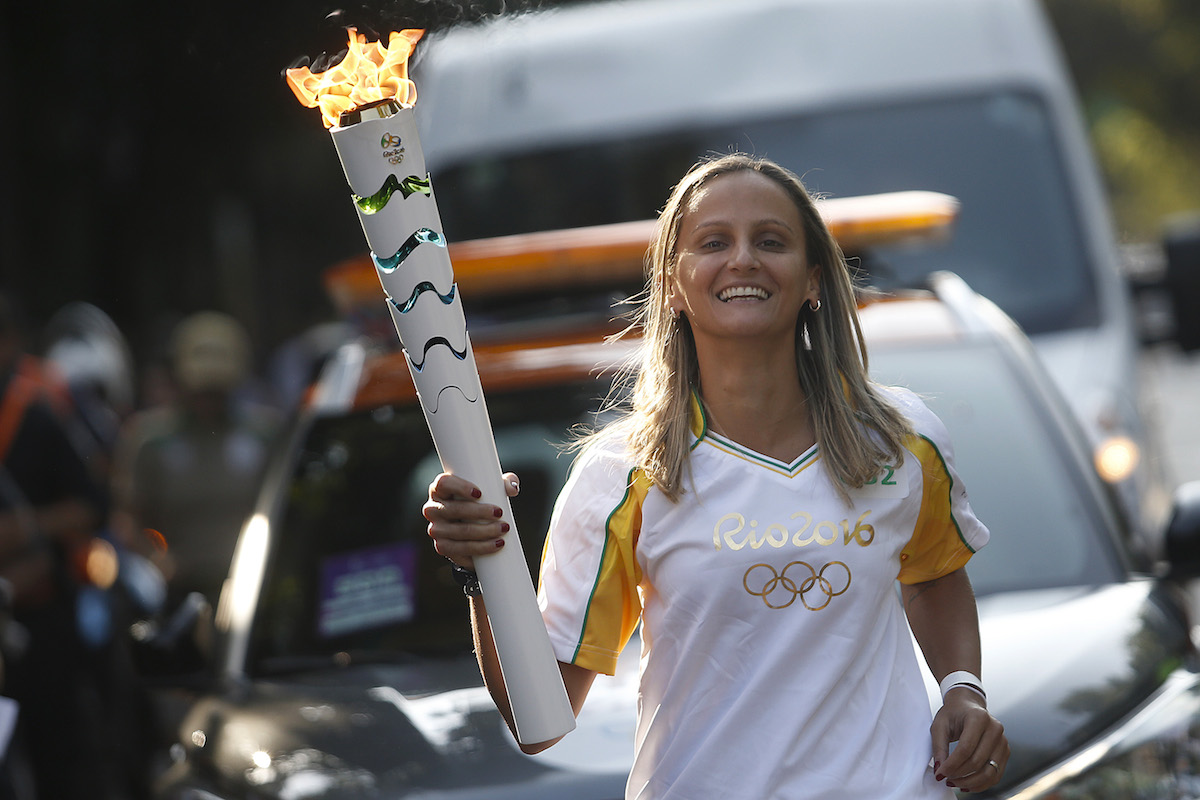
Olympic tech over the years
Compared to previous Olympic Games, Rio 2016 is heavily focused on creating new experiences for both viewers and athletes. In the past, you needed your eyes glued to the TV or news feed to keep up-to-date with the games. Now, however, online streaming and VR have changed the nature of the game of watching the game.
There's also a focus on green and cloud-based technologies. IT services firm Atos is the official IT partner at the 2016 Olympic games and it has shifted many of its operations to the cloud in a bid to reduce its carbon footprint. At the London Olympics 2012, for example, it used 719 sensors, compared to the 250 it's using in Rio.
Michle Hyron, the company's chief integrator for the Olympic Games, said: "Our team is very well prepared. Atos has even installed an entire backup operations centre, based in an undisclosed location, that has been fully tested and is ready to be used in the unlikely event that it is needed.
"Without Atos, the Olympic Games could not go on for the hundreds of thousands of athletes, employees, volunteers, media and fans in Rio, or for the billions who watch the Games around the globe."
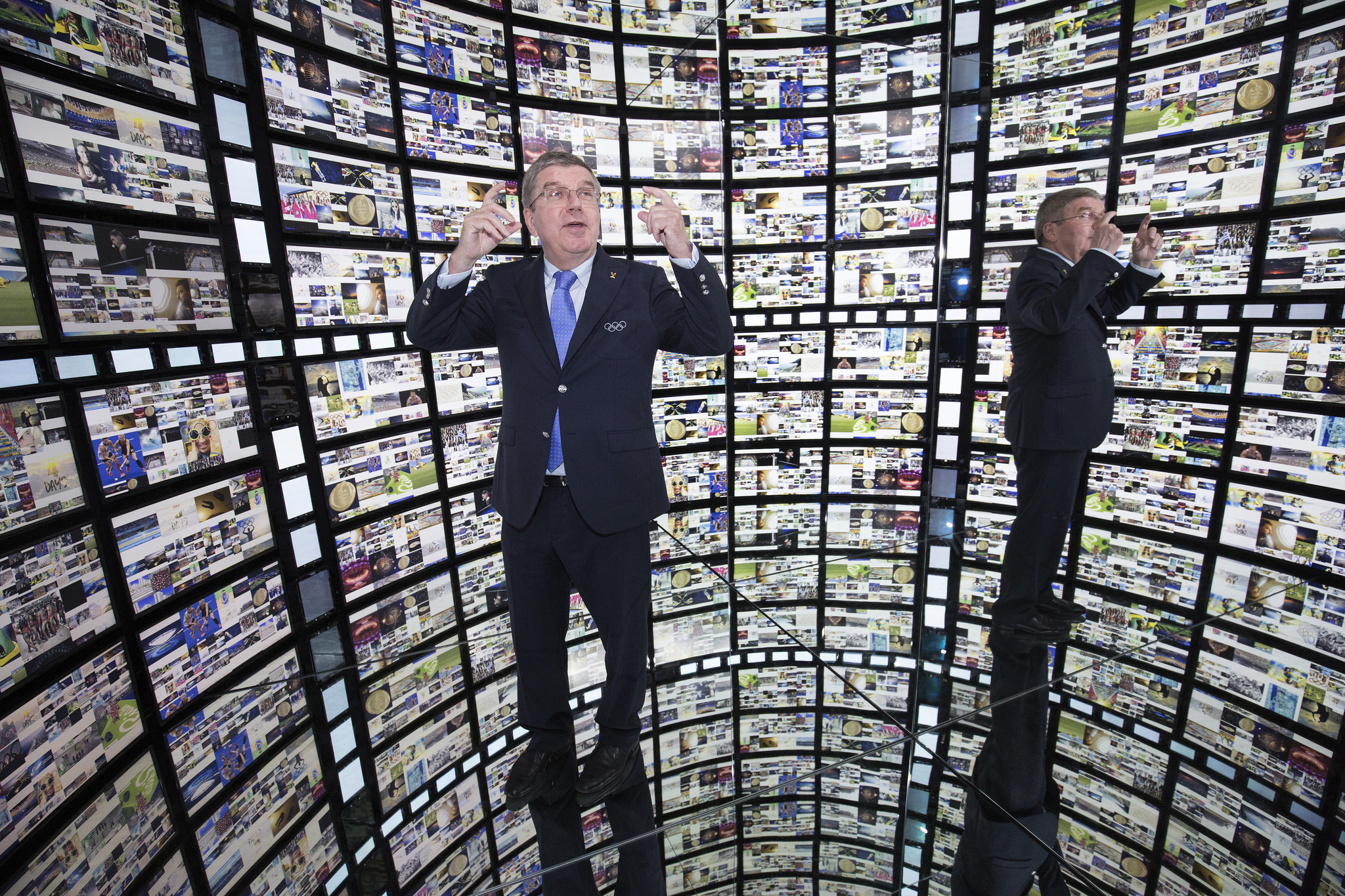
Image credit: IOC (https://www.flickr.com/photos/iocmedia/28843176275/)
Hyron added: "Atos' IT systems will allow for the instantaneous reporting and beaming of 6,000 hours of Olympic Games coverage to the world through both more traditional television means and digitally to billions of laptops, tablets and smartphones."
Moving with the times
Sign up today and you will receive a free copy of our Future Focus 2025 report - the leading guidance on AI, cybersecurity and other IT challenges as per 700+ senior executives
Nowadays, technology is more accurate, sophisticated and reliable and coaches and athletes are showing they can exploit areas like big data analytics and IoT to help them up their game. Electronic targeting is perhaps one of the more common technologies, having been in used since Beijing 2008, but even that has evolved to deliver even more benefits.
The Rio 2016 scoring system now uses laser technology, throwing the previous acoustic system aside. "We can calculate the score with millimetric precision," said Ericson Andreatta, the manager for shooting at Rio 2016.
Sport safety has also been greatly improved. In shooting, radio frequency tags are being attached to to guns to track where they are and make sure they're not misused.
The technology both behind the scene and on show has really come into its own over the years to both meet and exceed the expectations of athletes, spectators and other stakeholders. With innovation gathering pace and new ways of using technology to assist us emerging every day, what will the Olympic tech landscape look like come 2020?
Nicholas Fearn is a freelance technology journalist and copywriter from the Welsh valleys. His work has appeared in publications such as the FT, the Independent, the Daily Telegraph, the Next Web, T3, Android Central, Computer Weekly, and many others. He also happens to be a diehard Mariah Carey fan. You can follow Nicholas on Twitter.
-
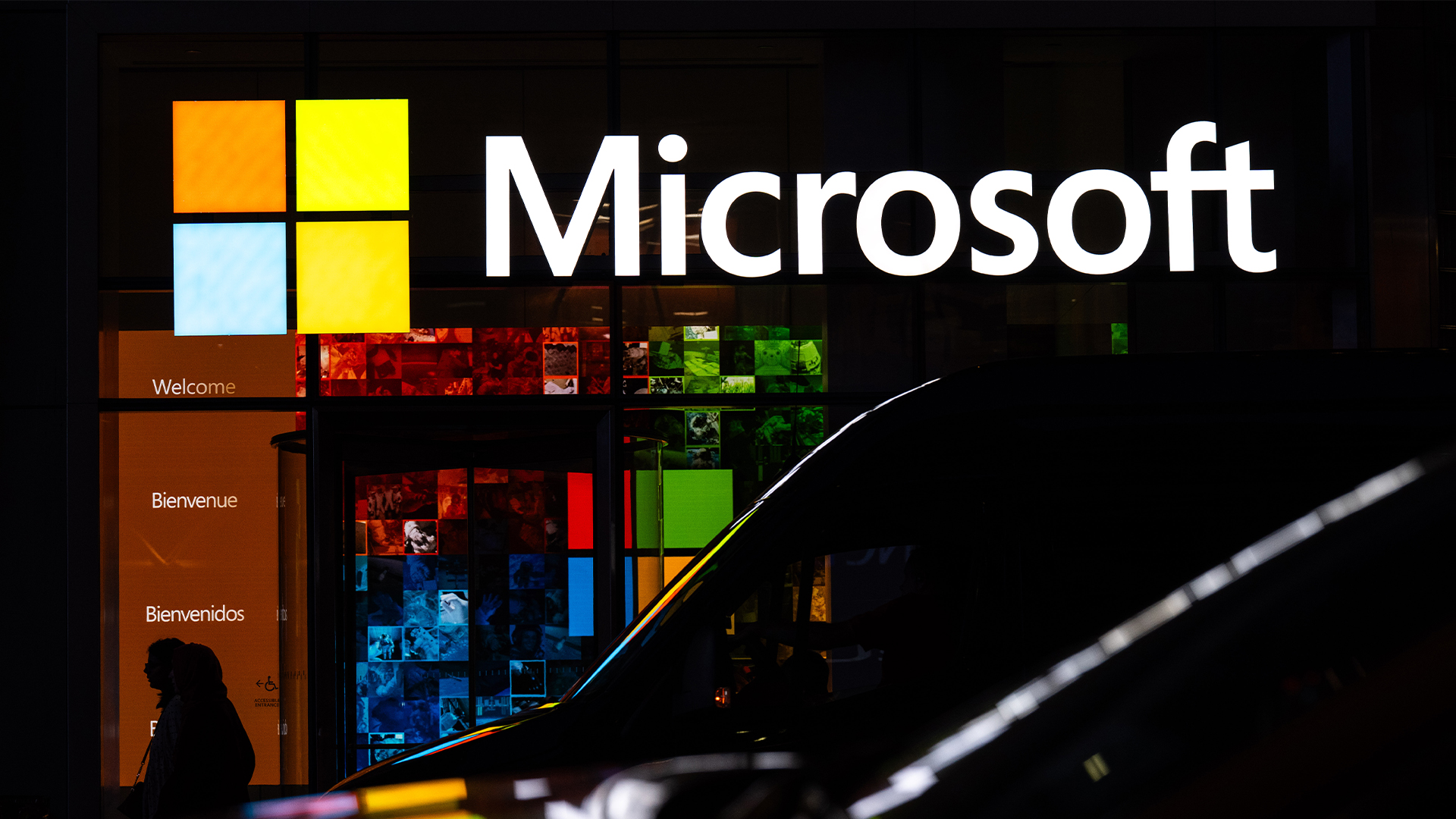 The Microsoft bug bounty program just got a big update
The Microsoft bug bounty program just got a big updateNews Microsoft is expanding its bug bounty program to cover all of its products, even those that haven't previously been covered by a bounty before and even third-party code.
-
 UK say firms say no to AI job cuts
UK say firms say no to AI job cutsNews There's good news for British workers worried about AI job cuts, with new research showing that 78% of business leaders don't expect its to lead to a drop in headcount.
-
 Predicts 2024: Sustainability reshapes IT sourcing and procurement
Predicts 2024: Sustainability reshapes IT sourcing and procurementwhitepaper Take the following actions to realize environmental sustainability
-
 Advance sustainability and energy efficiency in the era of GenAI
Advance sustainability and energy efficiency in the era of GenAIwhitepaper Take a future-ready approach with Dell Technologies and Intel
-
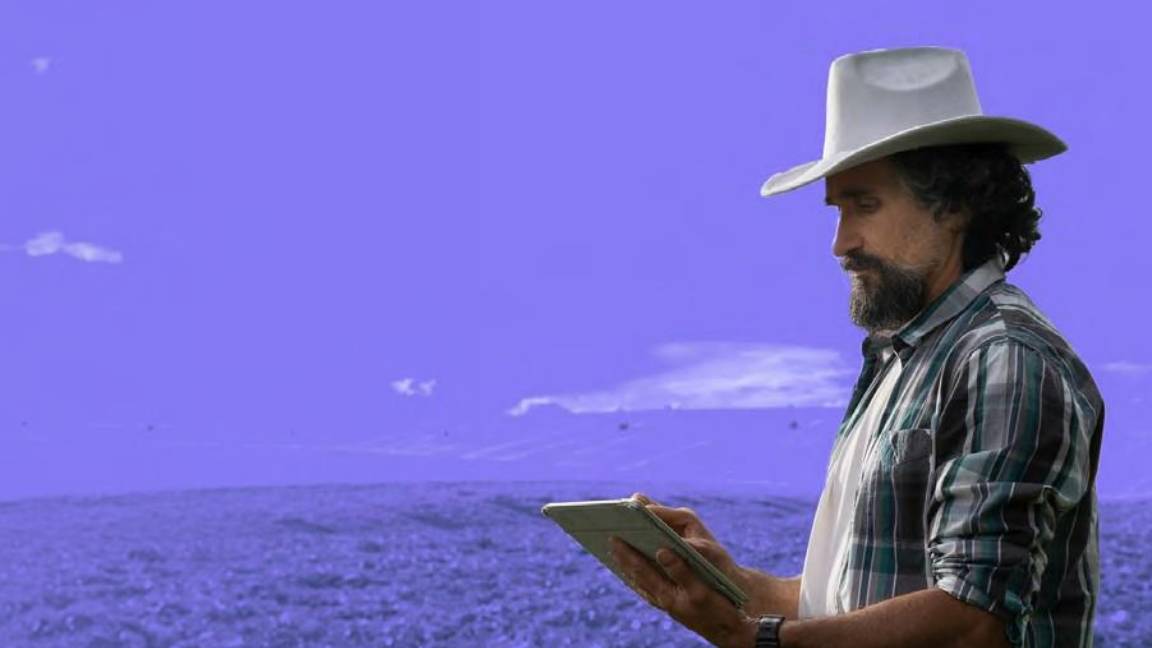 2024 State of procurement report
2024 State of procurement reportWhitepaper The trends shaping the future of business buying
-
 Digital optimisation paves the way to strategic supplier management
Digital optimisation paves the way to strategic supplier managementWhitepaper Procurement’s role as a strategic driver
-
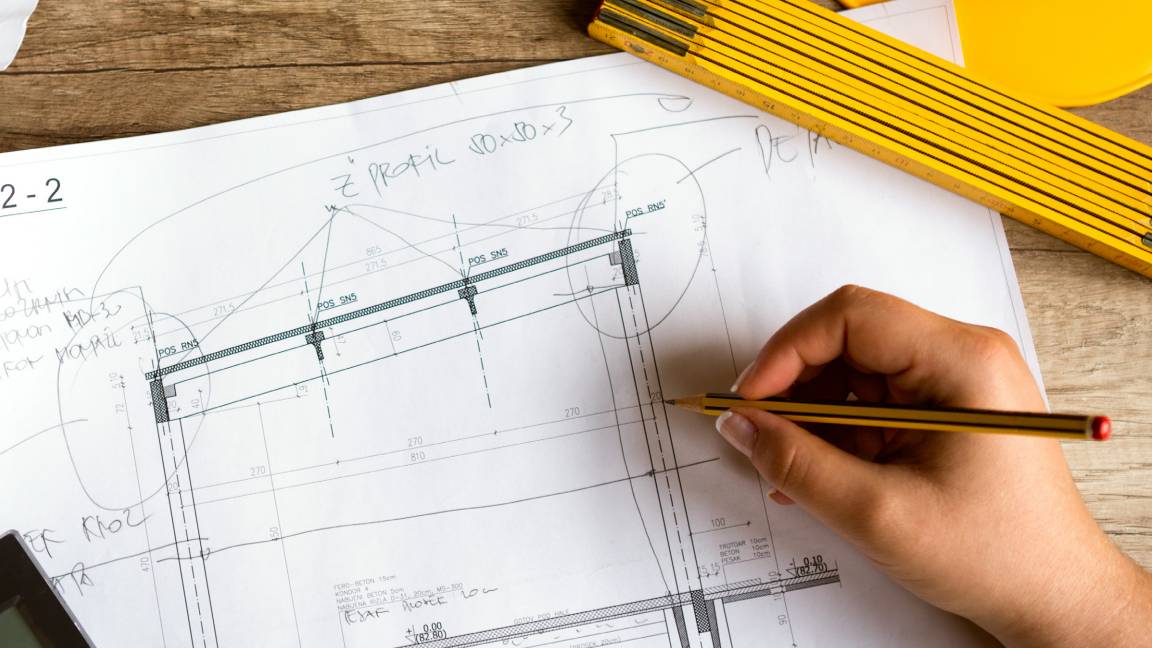 Bringing order to the file management chaos plaguing AEC firms
Bringing order to the file management chaos plaguing AEC firmswhitepaper How a cloud-based solution, supported by edge technology, helps architecture, engineering, and construction firms boost performance and cut costs
-
 File data services to support modern manufacturing
File data services to support modern manufacturingwhitepaper Smart file data services deliver resilience and intelligence to the modern manufacturing organization
-
 Innovation in product development
Innovation in product developmentwhitepaper The latest data on how successful product development teams collaborate to build the future
-
 The small and medium business guide to buying
The small and medium business guide to buyingWhitepaper Optimising purchasing to save in 2024